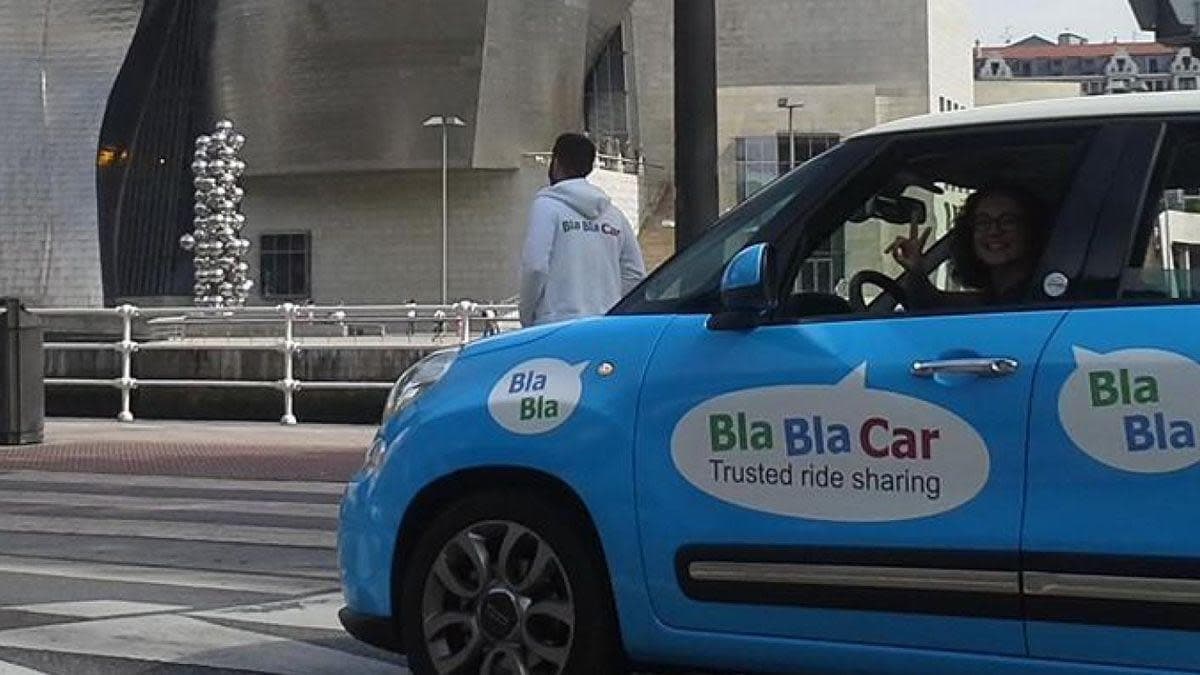Case StudyStream Team: Running Experiments - Achieving Alignment Through Quick Design Experiments
BlaBlaCar, a leading carpooling platform, faced challenges in maintaining alignment across their teams during the product development process. With rapid growth and expanding features, it became crucial to ensure that all teams were aligned on the product vision and user needs. Traditional design processes were often too slow to keep up with the fast-paced development environment, leading to misalignment and inefficiencies.

The Solution
BlaBlaCar adopted quick design experiments as a core part of their product development strategy. The key components of their approach included:
- Rapid Prototyping: The team focused on creating rapid prototypes to test and iterate on design ideas quickly. These prototypes were used to visualize concepts and gather immediate feedback from stakeholders.
- Cross-Functional Workshops: BlaBlaCar conducted cross-functional workshops that brought together designers, developers, product managers, and other stakeholders. These workshops facilitated collaborative brainstorming and ensured that all perspectives were considered.
- User Testing and Feedback: Prototypes were tested with real users to gather feedback and validate design decisions. This user-centric approach ensured that the designs met actual user needs and preferences.
- Iterative Design Cycles: The team adopted an iterative design process, where they continuously refined their prototypes based on feedback from users and stakeholders. This approach allowed for quick adjustments and improvements.
- Alignment Sessions: Regular alignment sessions were held to ensure that all teams were on the same page regarding the product vision and design goals. These sessions helped maintain a unified direction and avoid miscommunication.
Outcomes achieved
The use of quick design experiments led to several significant outcomes for BlaBlaCar:
- Improved Team Alignment: The collaborative workshops and alignment sessions ensured that all teams were aligned on the product vision and goals, leading to more cohesive and efficient development processes.
- Faster Decision-Making: Rapid prototyping and user testing enabled the team to make informed decisions quickly, reducing the time spent on lengthy design cycles and accelerating the development process.
- Enhanced User Experience: Continuous user feedback and iterative design cycles ensured that the final product met user needs effectively, resulting in a better user experience and higher satisfaction.
- Increased Innovation: The quick design experiments fostered a culture of innovation, allowing the team to explore new ideas and concepts rapidly and effectively.
- Greater Agility: The iterative approach and focus on rapid experimentation provided the team with the agility to adapt to changing market conditions and user feedback, maintaining a competitive edge.
